Optimal Seasons for Drainage Swale Installation
Drainage swale installations are most effective when performed during periods of moderate weather, typically in the late spring or early fall. These seasons provide optimal soil conditions, allowing for proper excavation and stabilization without the interference of extreme temperatures or heavy rainfall.
Spring and fall are ideal due to moderate temperatures and manageable soil moisture levels, facilitating easier construction and better long-term performance.
Avoid installations during heavy rain or freezing temperatures, as these conditions can hinder work and affect the integrity of the swale.
Well-drained, moist soil in spring and fall supports proper grading and settling, reducing the risk of erosion or future drainage issues.
Scheduling during these periods allows for better site access and minimizes delays caused by adverse weather.
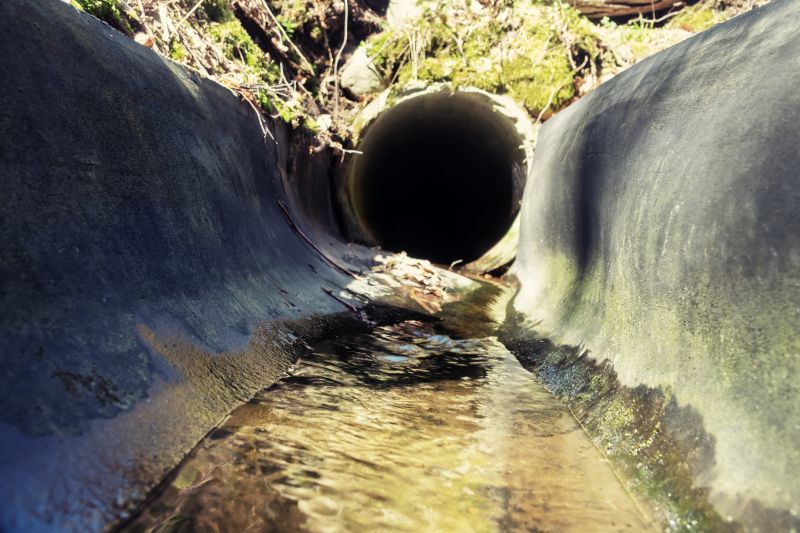
Construction in spring benefits from moist soil and moderate weather conditions.
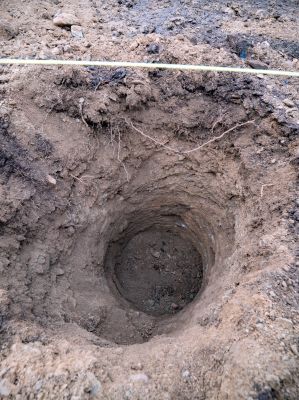
Fall offers cooler temperatures and stable soil for installation.

Ideal conditions for drainage swale installation.
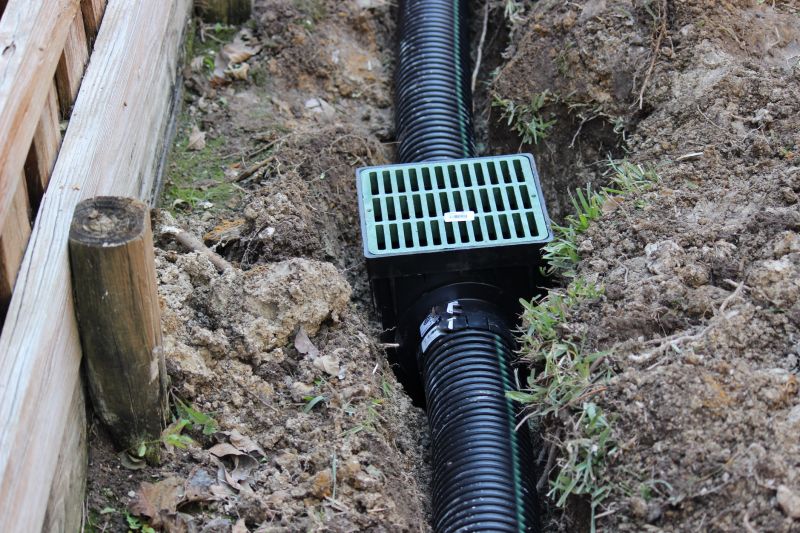
Ways to make Drainage Swale Installations work in tight or awkward layouts.
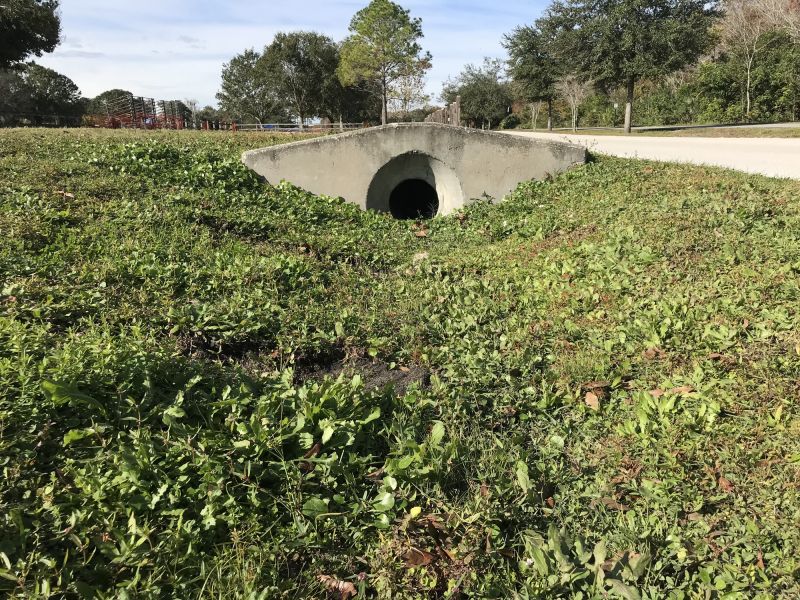
Popular materials for Drainage Swale Installations and why they hold up over time.
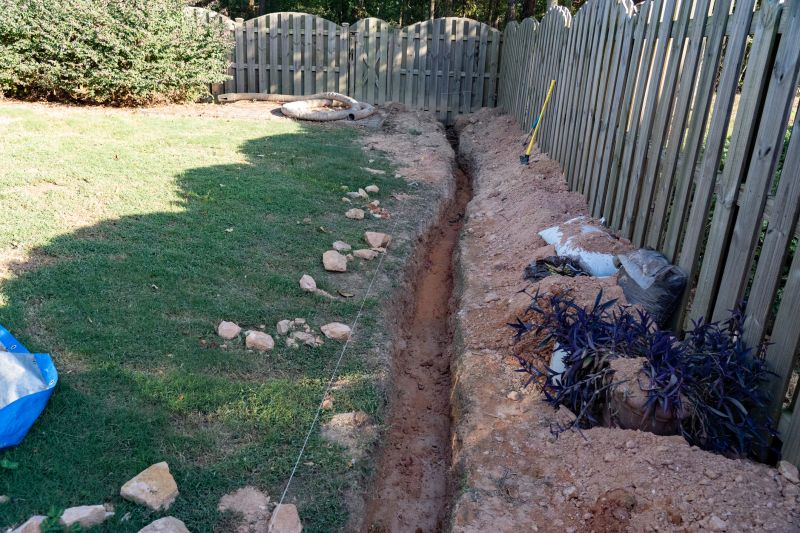
Simple add-ons that improve Drainage Swale Installations without blowing the budget.
| Season | Advantages |
|---|---|
| Spring | Moderate temperatures, moist soil, longer daylight hours |
| Fall | Cooler weather, stable soil, less rainfall |
| Summer | Higher temperatures, potential drought conditions, increased evaporation |
| Winter | Freezing temperatures, frozen ground, difficult excavation |
| Late Summer | Dry conditions, potential for heat stress on equipment |
Drainage swale installations involve shaping the landscape to direct excess water away from structures and foundations. Properly installed swales can significantly reduce water pooling, erosion, and damage to property. The process includes excavation, grading, and sometimes planting to stabilize the area. Proper timing ensures the soil is workable and stable, leading to durable, effective drainage solutions.
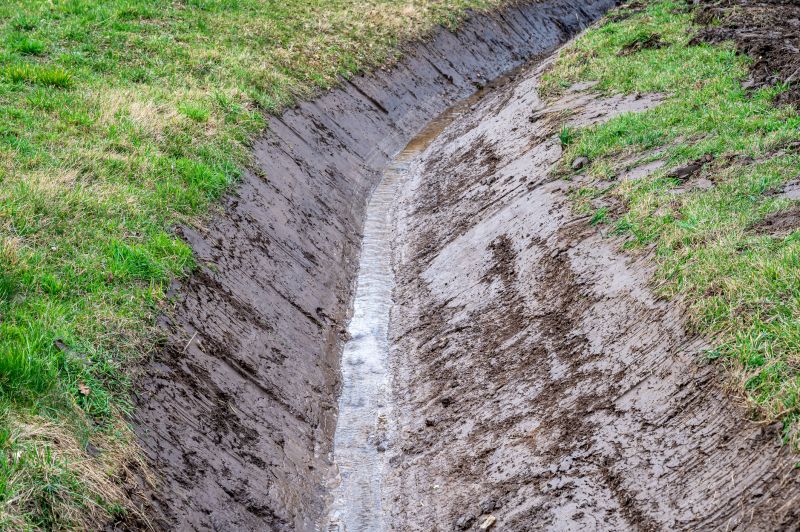
Excavation during optimal weather conditions ensures effective water flow.

Properly installed swale managing runoff efficiently.
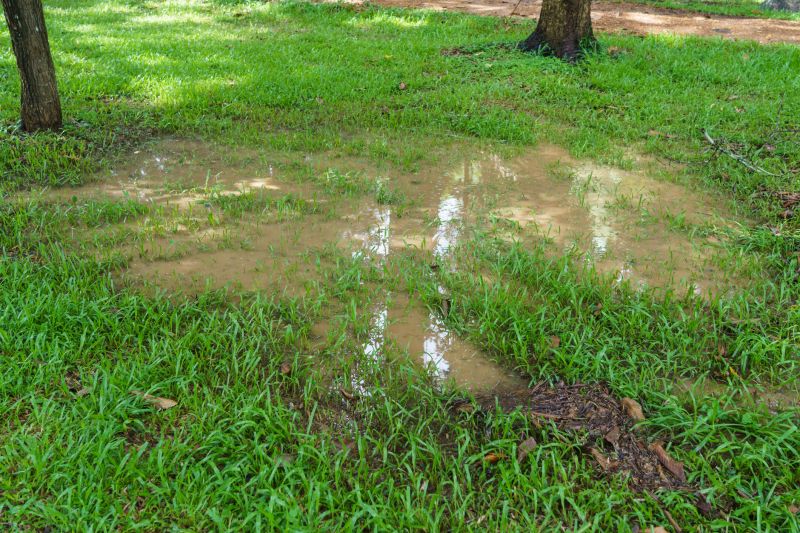
Preparing the site during suitable seasons enhances results.
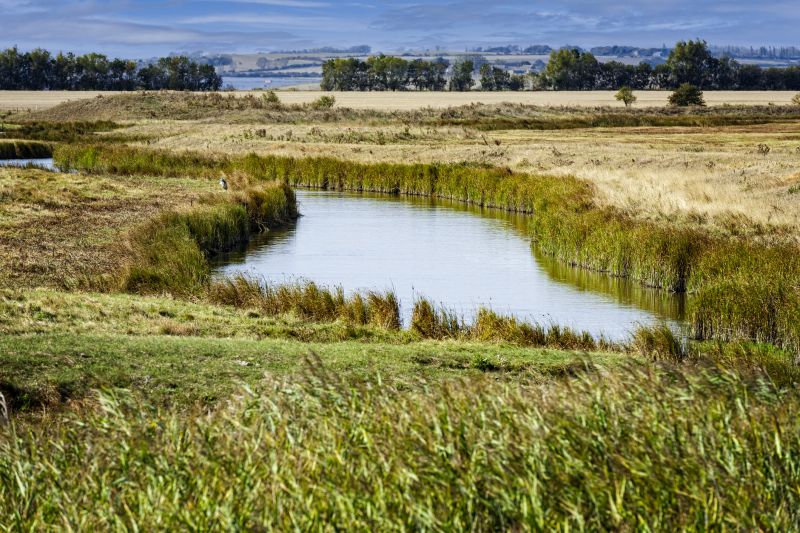
Vegetation helps stabilize the swale over time.

High-end options that actually feel worth it for Drainage Swale Installations.
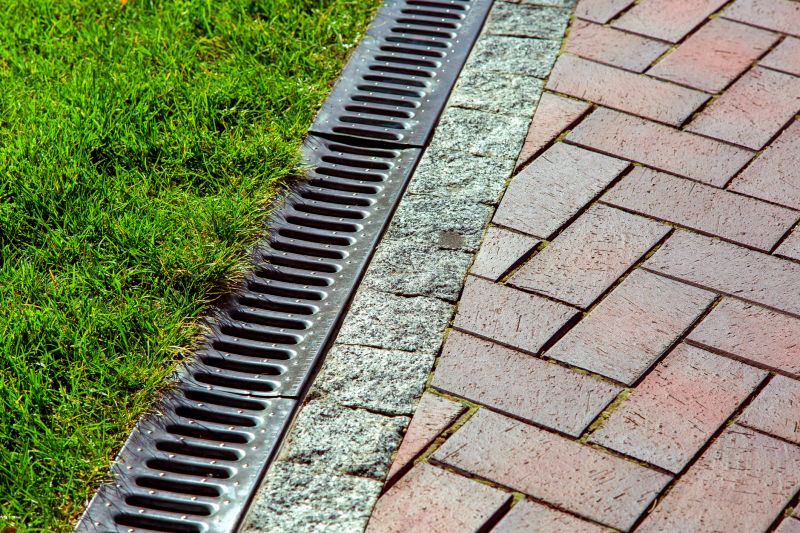
Finishes and colors that play nicely with Drainage Swale Installations.
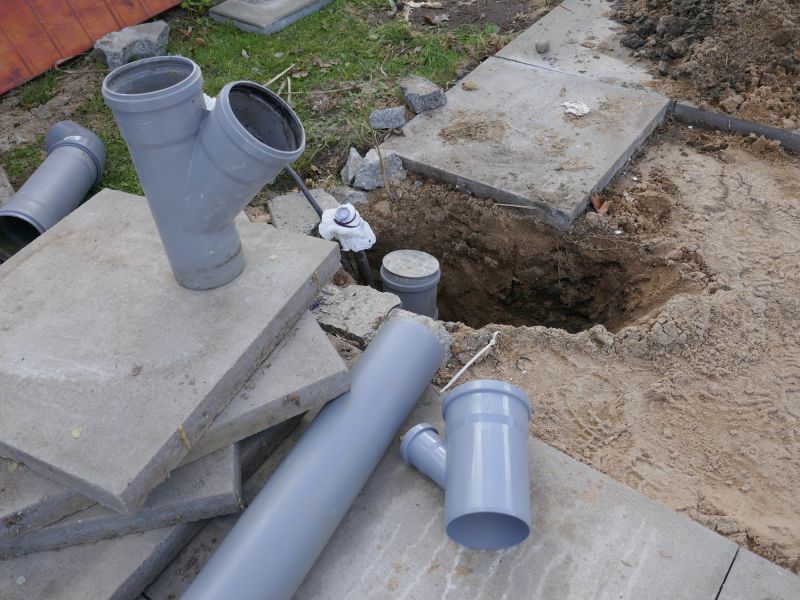
Little measurements that prevent headaches on Drainage Swale Installations day.
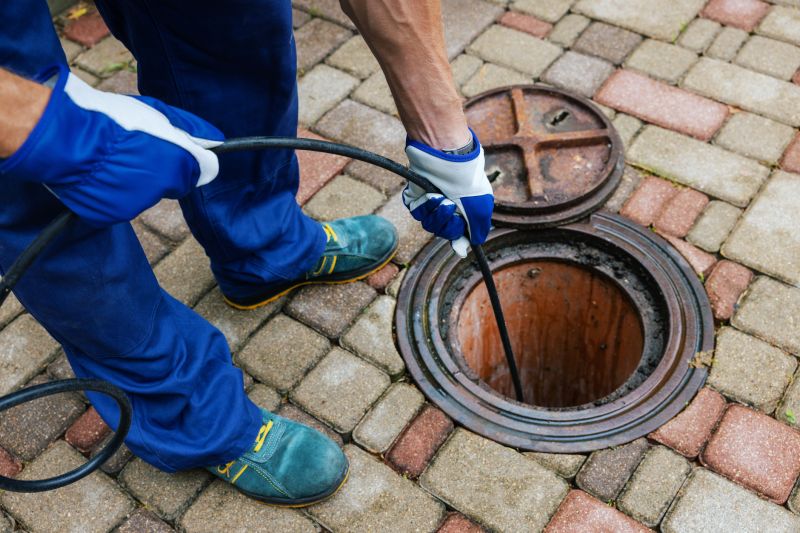
A 60-second routine that keeps Drainage Swale Installations looking new.
Choosing the right time for drainage swale installation can improve the longevity and effectiveness of the system. Proper planning and seasonal consideration help ensure the soil conditions are ideal, reducing the risk of future drainage issues. Consulting with a drainage professional can assist in determining the best window for installation based on local climate and site-specific factors.
Interested in drainage swale installations? Fill out the contact form to get started.



